- HOME
- Products
- HPLC Columns
- PC HILIC
What is HILIC?
Hydrophilic interaction liquid chromatography (HILIC) is a relatively new LC technique that uses a hydrophilic stationary phase, in most cases, with organic-dominant mobile phase. The elution order of substances in HILIC mode is roughly the reverse of that in reversed-phase mode.
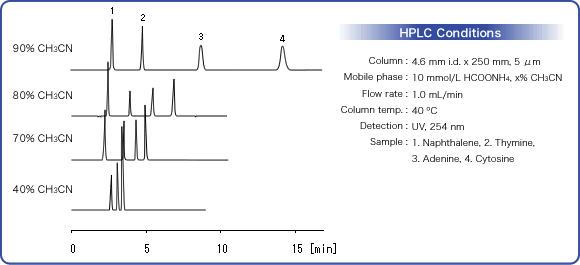
What is PC?
Phosphorylcholine (PC) is a partial structure of phosphatidylcholine (lecitin), one of the phospholipids forming cell membranes. PC has a betaine structure and shows high hydrophilicity, biocompatibility, and inhibitory effect of protein adhesion. Its superhydrophilic character is suitable to the application as a HILIC phase.
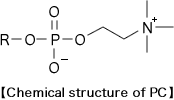
Features
・A silica-based HILIC column with phosphorylcholine (PC) group
・Excellent retention and separation of very polar and hydrophilic compounds
・Large number of theoretical plates and outstanding peak profiles
・Also available in worldwide
Strong retention of polar compounds
HILIC mode provides another alternative to handle extremely polar and hydrophilic compounds, which are unretainable in reversed-phase (e.g. a chromatogram of allantoin, shown below)
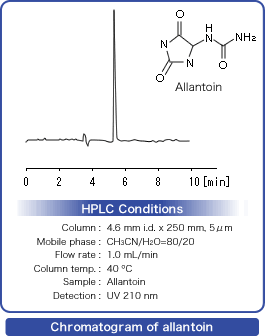
Amitriptyline, a compound with a strong basicity, is often used for discussing the quality of columns. PC HILIC provides excellent peak shapes for basic compounds, too.
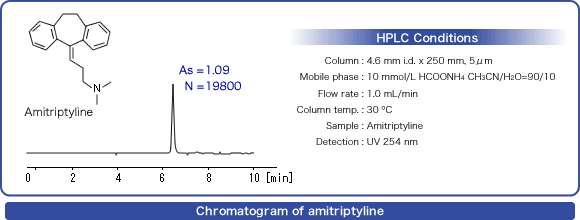
High sensitivity in LC/MS
In LC-MS of very hydrophilic or ionic compounds, HILIC columns are often chosen to avoid extremely water-rich, or ion-pair containing mobile phases used under reversed-phase mode. The preferable nature common to PC HILIC seems to be the use of mobile phases of higher-organic contents, which are advantageous in providing larger diffusion constants of analytes during their migration through the columns, and also better ionization efficiency in electrospray ionization (ESI)
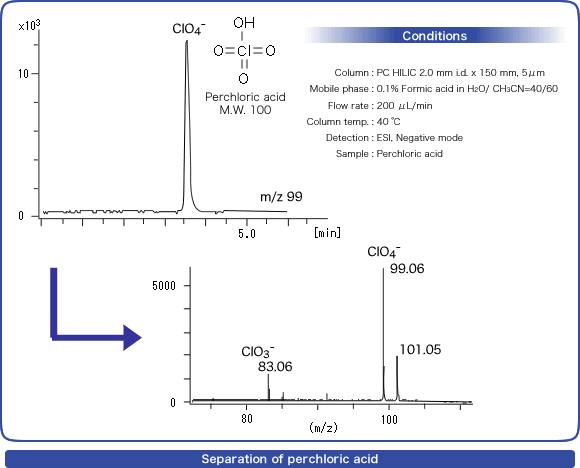
PC HILIC shows large numbers of theoretical plates, compared to conventional HILIC columns.
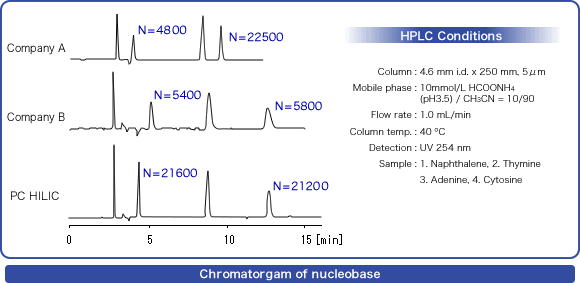
Physical properties
| Functional group |
Particle diameter (µm) |
Pore diameter (nm) |
Specific surface area (m2/g) |
Separation mode |
Range of acceptable pH |
|---|---|---|---|---|---|
| Phosphorylcholine group | 3 | 9 | 150 | HILIC | 3~7.5 |
| Phosphorylcholine group | 5 | 9 | 150 | HILIC | 3~7.5 |




